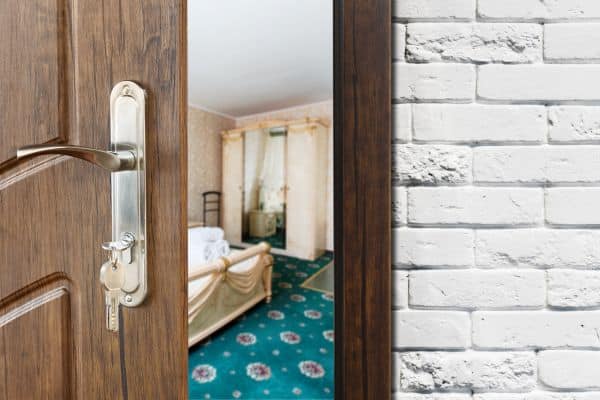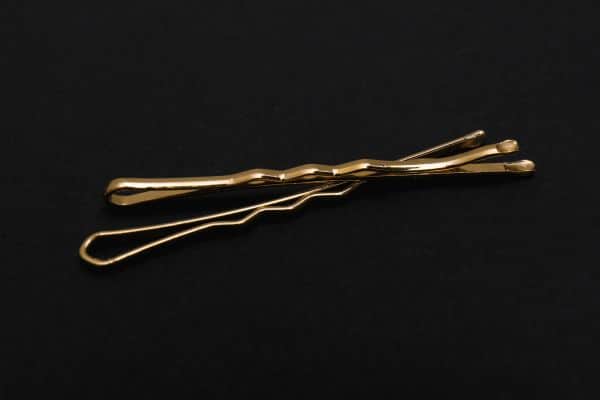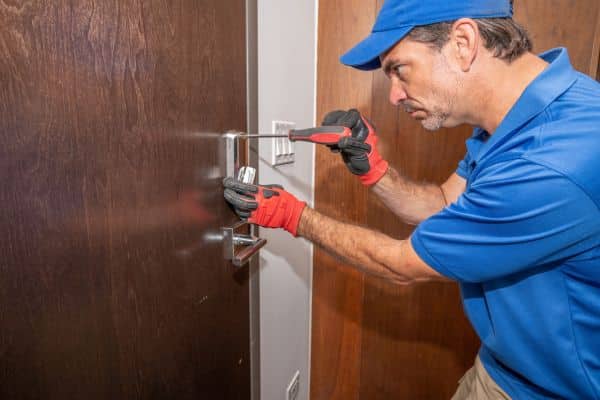Getting locked out of a bedroom can be a frustrating experience, whether it occurs due to a malfunctioning lock, a lost key, or an accidental closure. Fortunately, there are several methods to unlock a bedroom door, ranging from simple DIY fixes to more sophisticated approaches that may require specialized tools. In this guide, we’ll explore various techniques to safely and effectively regain access to your bedroom without causing damage to the door or lock. Whether you’re facing a basic push-button lock or a more complex keyed lock, you’ll find helpful tips to tackle the situation.
1. Assess the type of lock

The first crucial step in unlocking a bedroom door is to determine the type of lock you’re dealing with. Common types include push-button locks, turn-button locks, and keyed locks. Push-button and turn-button locks are typically found on the interior and are simpler to open without a key. Keyed locks, on the other hand, are more secure and may be found on doors that link to outside areas or those requiring extra security within the home. Identifying the lock type will not only help you choose the most effective method to unlock but also prevent potential damage to the lock mechanism or door itself.
2. Use a paperclip or bobby pin

For simple push-button or turn-button locks, a paperclip or bobby pin can be a surprisingly effective tool for unlocking the door. First, straighten the paperclip or bobby pin. If you’re using a paperclip, unfold it into a long, straight piece. For bobby pins, remove the plastic tips and straighten it out. Once you have your tool prepared, insert the straightened end into the keyhole of the lock. For push-button locks, you may only need to insert and press or jiggle slightly until you feel the lock release. For turn-button locks, you’ll need to insert the paperclip or bobby pin and feel for the locking mechanism, then apply gentle pressure in the direction you would turn a key. With patience and a bit of finesse, the lock should disengage, granting you access to your room.
3. Try a credit card or spatula

For locks that aren’t too tightly fitted into the door frame, a credit card, gift card, or a plastic spatula can be used as a makeshift tool for unlocking. This method works best with latch bolt doors, where the bolt does not fully extend into the strike plate. Start by selecting a card that you wouldn’t mind potentially damaging, as this technique can bend or break the card. Slide the card between the frame and where the latch is located. Tilt the card towards the doorknob and wiggle it downwards while pushing the away from the frame. This action may compress the latch, allowing to swing open. While effective for simple locks, it’s worth noting that this method should be used cautiously to avoid damaging the door, the lock, or the card itself.
4. Remove the doorknob

In cases where the above methods prove ineffective, especially with more secure locks, removing the doorknob may be the next viable solution. This approach requires some basic tools, such as a screwdriver, and a bit of patience. First, locate the screws on the doorknob. They may be visible on the sides or hidden behind a decorative plate. If the screws are not immediately visible, gently pry the plate off with a flathead screwdriver to expose them. Once the screws are accessible, use a Phillips head screwdriver to remove them carefully. With the screws removed, you should be able to pull the knob off, granting you access to the locking mechanism. From here, you can use a flathead screwdriver to turn the mechanism and unlock the door. Remember to keep all screws and parts in a safe place for reassembly once you have gained access to the room.
5. Call a locksmith as last resort

If all else fails and you’re unable to unlock the bedroom door using the methods described above, calling a professional locksmith is the next step. Locksmiths possess the tools, skills, and experience to handle a wide range of locks, including those that may seem impenetrable. They can safely unlock your door without causing damage to the lock or door itself. While this option may be more costly than DIY methods, it guarantees a resolution to your lockout situation. Before calling, ensure you have identification and proof that you have the right to access the room, as a reputable locksmith will require verification before proceeding.
6. Prevent future lockouts with spare keys
To prevent future lockouts, it’s advisable to create a set of spare keys for your bedroom and other essential rooms within your home. Keep these spare keys in a secure, accessible location, or entrust them to a reliable family member, friend, or neighbor. For electronic or smart locks, consider setting up a guest access code or backup authentication method that you can use in case of emergencies. Regular maintenance of your locks can also help prevent malfunction that leads to lockouts. Lubricating the lock mechanism and checking for any signs of wear or damage can ensure your locks function smoothly. By taking these proactive steps, you can minimize the inconvenience and frustration of being locked out of your bedroom or any other room in your house.
Conclusion
Getting locke out of your bedroom can be a frustrating experience, but with the right knowledge and tools, you can regain access without causing damage to your door or lock. This guide has walked you through several methods, from simple DIY tricks with household items like paperclips and credit cards to more involved procedures such as removing the doorknob. Remember, the key to a successful entry is patience and careful execution of the method that best suits the type of lock you’re dealing with. If all else fails, don’t hesitate to call a professional locksmith to resolve the situation efficiently. By taking steps to prevent future lockouts, such as making spare keys and maintaining your locks, you can ensure that being locke out becomes a rare inconvenience rather than a common occurrence. Stay prepared, and you’ll handle any lockout situation with confidence.






